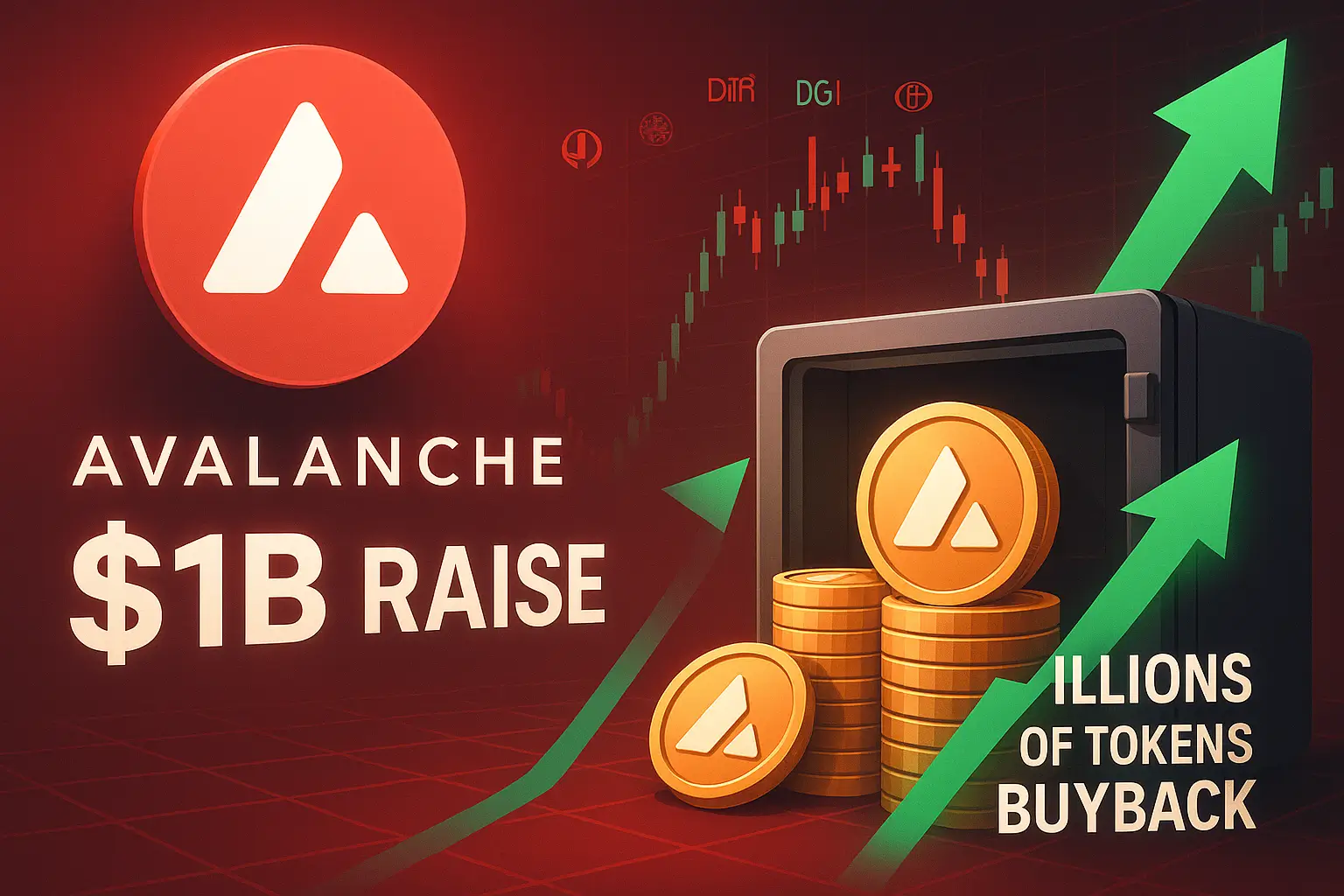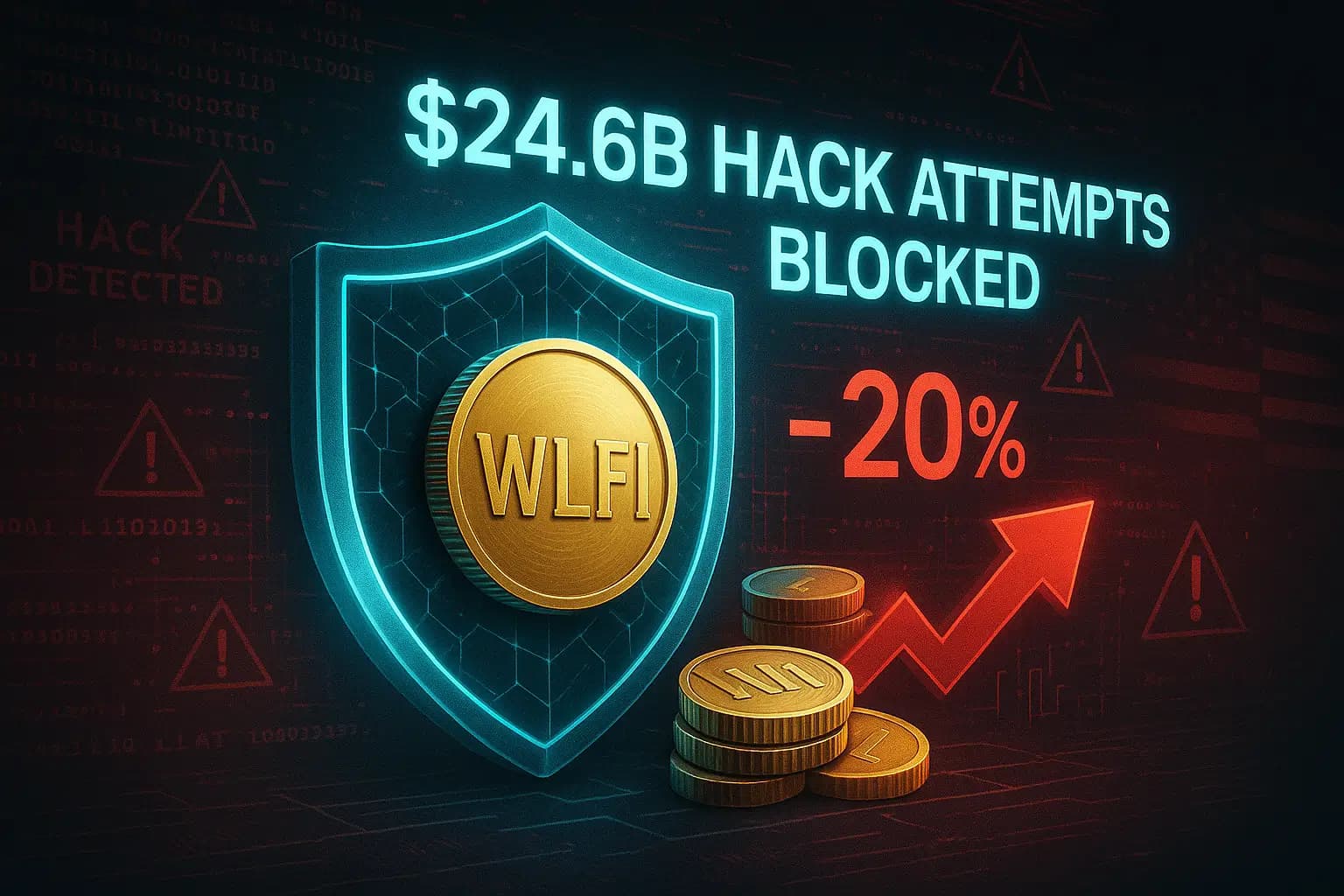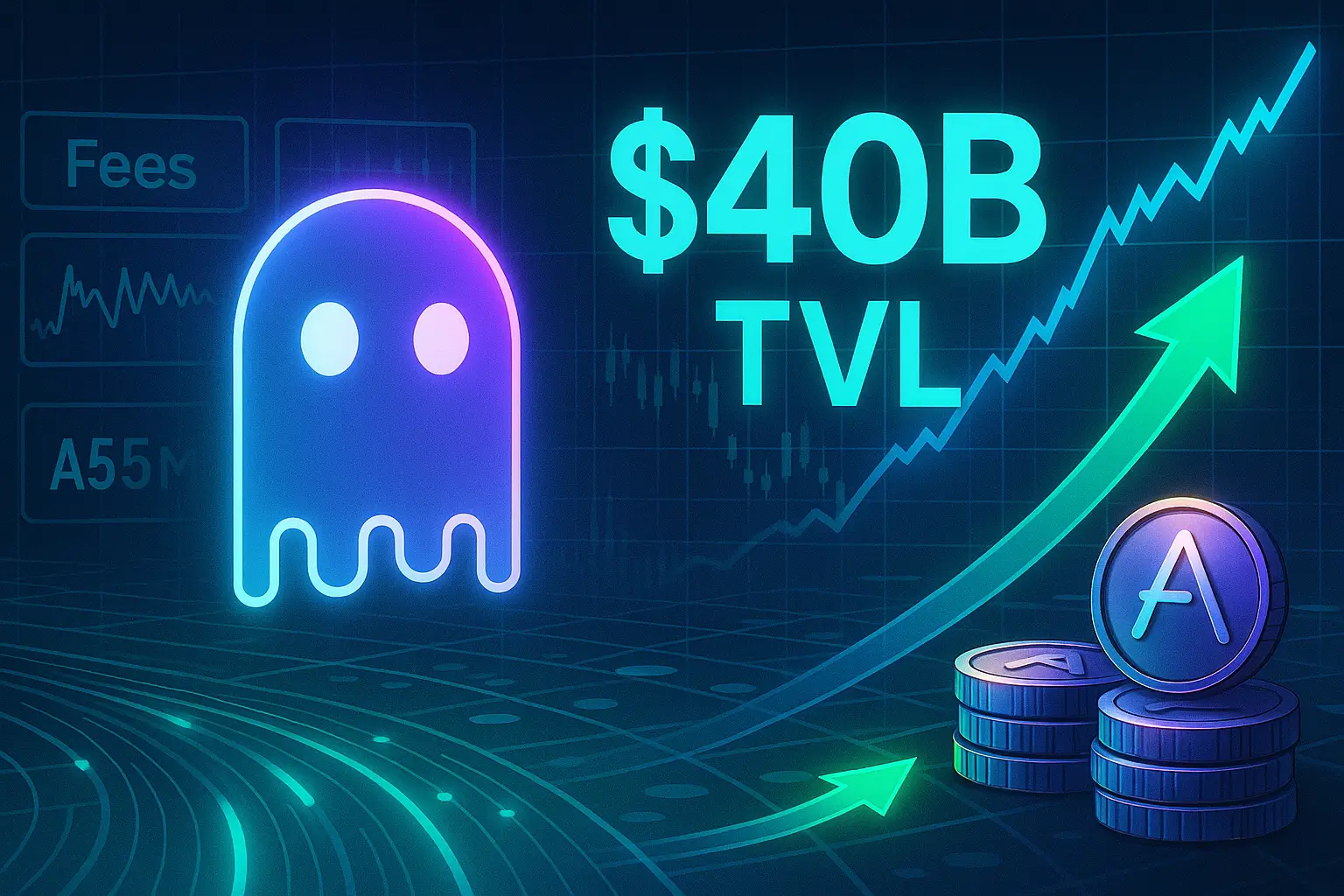An eight-year Bitcoin holder deposited 1,176 BTC currently worth around $136.2 million to Hyperliquid and began selling after a two-week pause, coming on the heels of a nearly $4 billion BTC-for-ETH swap by the same wallet.
Key Takeaways:
- A wallet that executed a near $4 billion BTC-to-ETH swap last month has resumed liquidations, depositing 1,176 BTC, worth approximately $136.2M, to Hyperliquid and starting sales.
- As of this writing (12:15AM UTC), BTC trades around $114,916, while ETH sits around $4,531.13, both showing a 24-hour price drop with neutral-to-mixed momentum readings.
- Market indicators show no immediate crash triggered by the sale, but the sequence of large whale rotations increases short-term supply pressure and keeps traders cautious.
On Sunday, September 14, the eight-year-old wallet resumed withdrawals and placed 1,176 BTC onto Hyperliquid, initiating what on-chain trackers described as a resumed sell program after roughly two weeks of dormancy. The whale previously executed a massive conversion, which totals to nearly $4 billion, moving large BTC holding into ETH, a move that drew wide attention for its size and implications. Multiple blockchain sleuths, news outlets, as well as on-chain trackers flagged the activity while exchanges and market-data providers showed the deposited BTC appearing in order books while spot price oscillated around resistance near $116k.
Lookonchain, one of the first to flag the transaction, highlighted the wallet holder’s back-to-selling activity, where its two linked wallets deposited the sizeable amount of BTC tokens and started dumping.
BTC and ETH Hold Steady Despite Fresh Whale Supply
As of this writing (12:15AM UTC), BTC was trading at roughly $114,916, a 0.8% drop over the past 24 hours with 24-hour percentage swings in the low single digits, which is not a violent move by historical whale-dump standards. ETH on the other hand trades near $4,531.13 with a 2.3% intraday drop. This token has been the beneficiary of larger inflows during the whale’s prior BTC→ETH swaps.
Short-term momentum measures are mixed: publicly available technical gauges place Bitcoin’s daily RSI around the low-50s (neutral), while Ethereum’s daily RSI sits in the mid-40s (neutral to slightly bullish), suggesting neither asset is overbought or deeply oversold at the moment. Traders pointed out that the deposit increased visible exchange supply and added short-term pressure around the $116k resistance zone, but there is no immediate evidence the sale alone triggered a market crash.
Analysts Split on Whether Whale Flows Signal Profit-Taking or Market Risk
Analysts monitoring whale flows said that this sequence can reflect portfolio rebalancing, liquidity needs, or tactical arbitrage rather than an outright “dump.” Some market commentators noted the whale’s activity is consistent with profit-taking or diversification into altcoins and DeFi exposure; others warned that repeated large transfers to exchanges increase the probability of sustained selling pressure if executed aggressively. No institutional comment from exchanges or the wallet owner has been published.
Outlook: Neutral Market, But Selling Pressure Bears Watching
The immediate outlook is neutral-to-cautious: the whale’s sale increases short-term supply risk around current resistance, but market structure and technical indicators do not yet signal a sharp reversal. Traders should watch on-chain activity for follow-up deposits, order-book depth at $115k–$118k, and whether the wallet rotates proceeds into altcoins or withdrawals off-exchange. If selling escalates (moves above a single-day 10% range), expect more pronounced volatility; for now, the market is digesting the flows.
Summary
An eight-year-old Bitcoin whale resumed activity by depositing 1,176 BTC (~$136M) to Hyperliquid after a two-week pause, following an earlier $4B BTC-to-ETH swap. The move sparked concerns about renewed whale selling, though markets held steady with BTC trading near $114,916 and ETH around $4,531. Technicals showed neutral momentum, with no signs of immediate panic. Analysts are split: some view the flows as profit-taking or portfolio rebalancing, while others warn sustained deposits could build selling pressure. For now, the market remains stable but cautious, watching for further whale transfers.






















